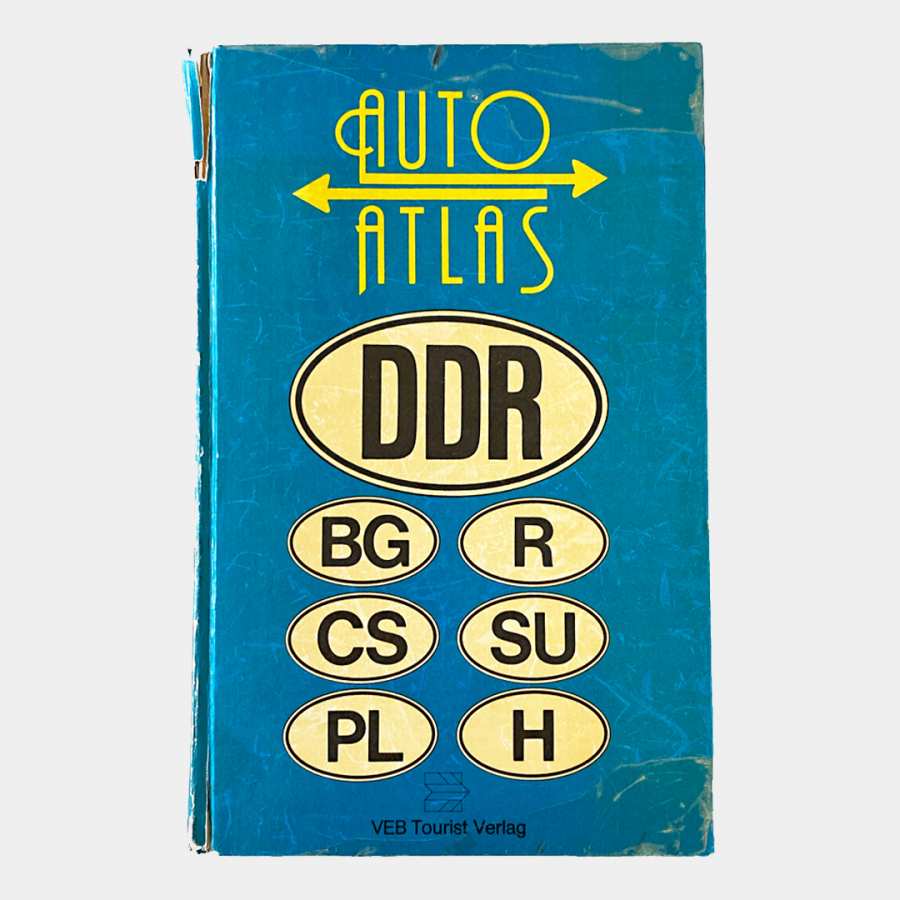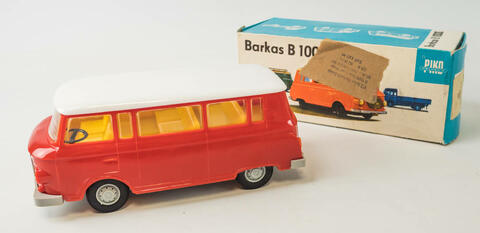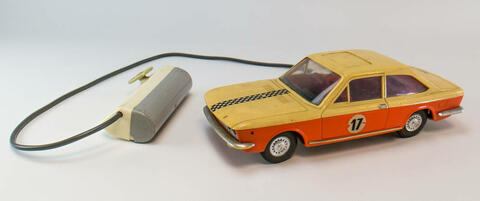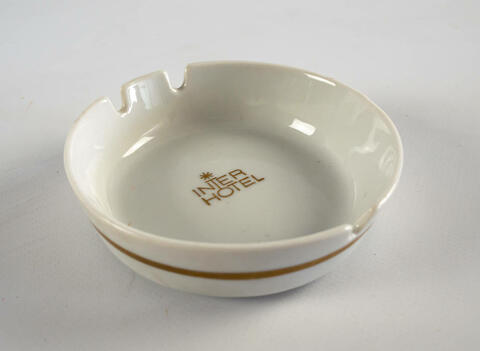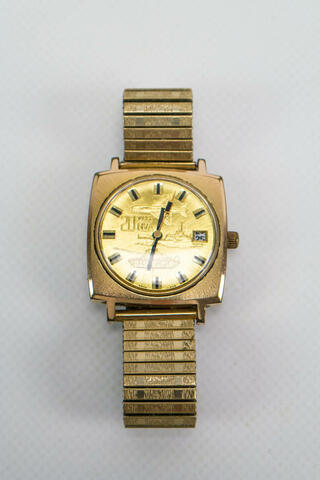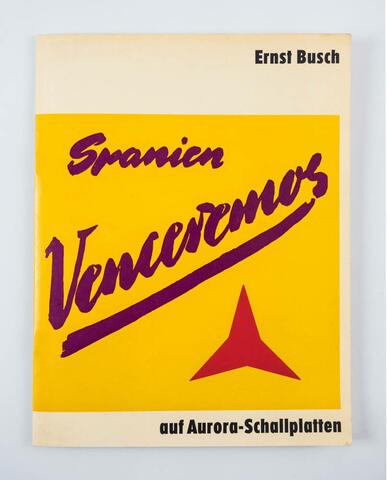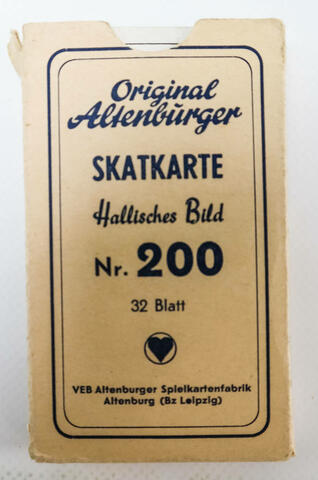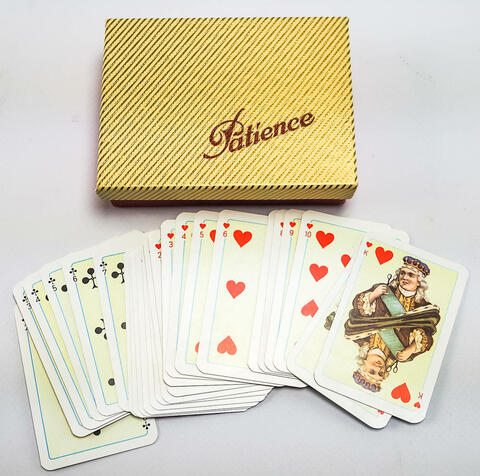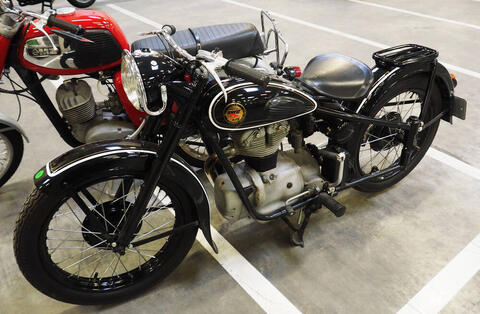The ABC of the GDR
5 Objects beginning with A from the GDR – from Amiga to Ata
Amiga records
Amiga was the only record label in the GDR and offered all kinds of popular music. It was founded as early as 1947 by Ernst Busch's music publisher »Lied der Zeit – Schallplatten Gesellschaft«. From 1954 to 1990, Amiga belonged to VEB Deutsche Schallplatten Berlin, which was the only record company in the GDR. Amiga covered a wide range of genres, from dance, rock and pop music to instrumental music and popular jazz. Amiga LPs were also relatively cheap with a state-set price of 16.10 marks. This might explain why so many Amiga records have ended up in our collection, including many records by Western musicians. In addition to artists from the entire Eastern Bloc, the label also distributed Western music, which it increasingly turned to over the course of the GDR’s existence. The latter was made possible by licensed productions, which Amiga undertook largely autonomously.
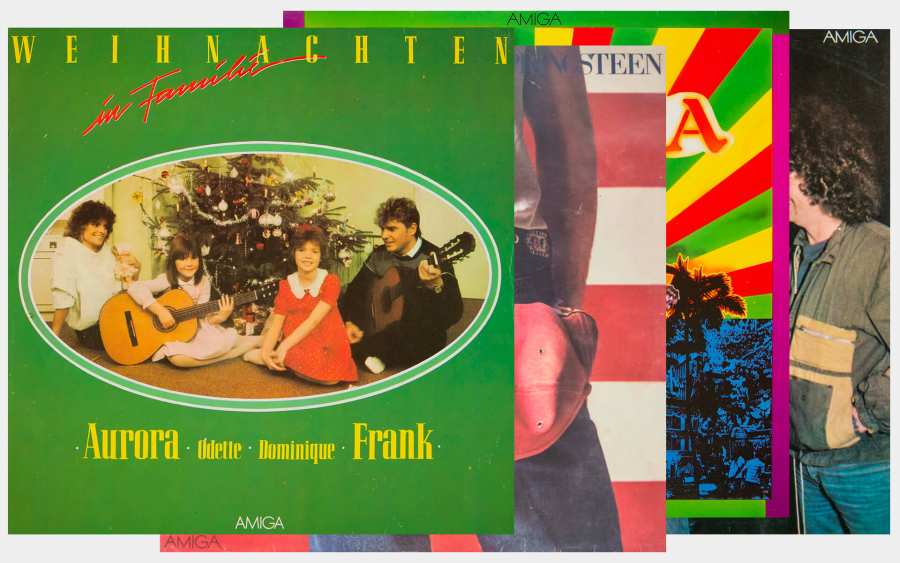
Amiga's best-selling record was »Christmas in Family«, by Frank Schöbel, Aurora Lacasa and their daughters Odette and Dominique Schöbel. Containing 20 Christmas songs, there are several copies of this record in our collection today. In total, over 1.6 million copies were sold. Our collection also includes records by bands such as Karat, the Puhdys and the musicians Dean Reed, Uschi Brüning, Petra Ziegler and Thomas Lück. But many Western artists are also represented, such as Bruce Springsteen, Elvis Presley, Juliane Werding and AC/DC. Amiga ultimately transformed the sometimes grey everyday life of the GDR into a lively and diverse musical landscape.
We show more Amiga records from our collection in the object database, which is accessible free of charge.
Abacus
The SED government placed great emphasis on the education of children in the GDR, as the state needed more engineers, scientists and technicians to advance the economy. The entire education system was geared towards this goal, which meant that the mathematical-technical-scientific field and a good balance between theory and practice were always prioritised.
But where does this all start? With the abacus, of course. This abacus from the collection of the DDR Museum is hidden behind a hinged chalkboard and marked the beginning of school education for children in the GDR. Primary school children were introduced to the basic arithmetic operations of addition, subtraction, multiplication and division with the abacus.
More objects on the subject of education can be found in our object database, which is accessible free of charge.
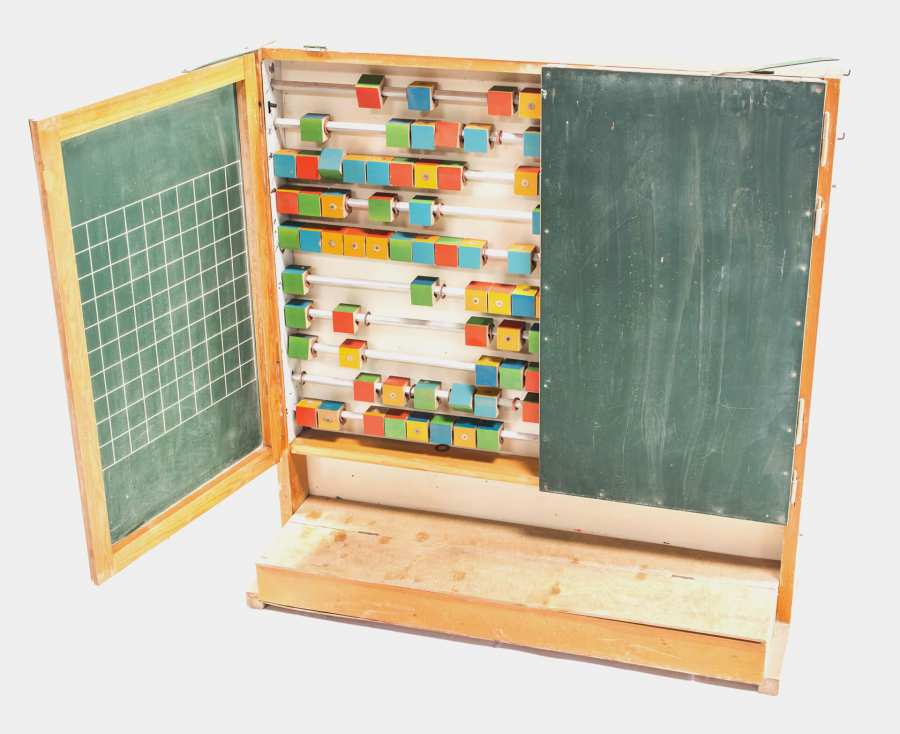
AKA electric
Electrical goods and household appliances were produced under the brand name »AKA ELECTRIC« and sold until the end of the GDR. This included hoovers, hair dryers, mixers and kitchen grills. In 1969, 15 of the most important manufacturers of household electronics in the GDR were merged to form the »Vereinigung Volkseigener Betriebe (VVB) Elektrische Konsumgüter«. Many of these companies had their own brand names but were then instructed to market their products under the umbrella brand »AKA ELECTRIC« to reduce this variety. Of course, there were exceptions too, such as the »Acosta« grill or the »bebosher« razor, which were not marketed under the umbrella brand. »AKA« stood for the slogan »Aktiv auf dem Markt – Konzentriert in der Handelstätigkeit – Aktuell im Angebot (Active on the market – Concentrated in trading activity – Currently on offer), whilst »ELECTRIC« referred to the electrical operation of the appliances.
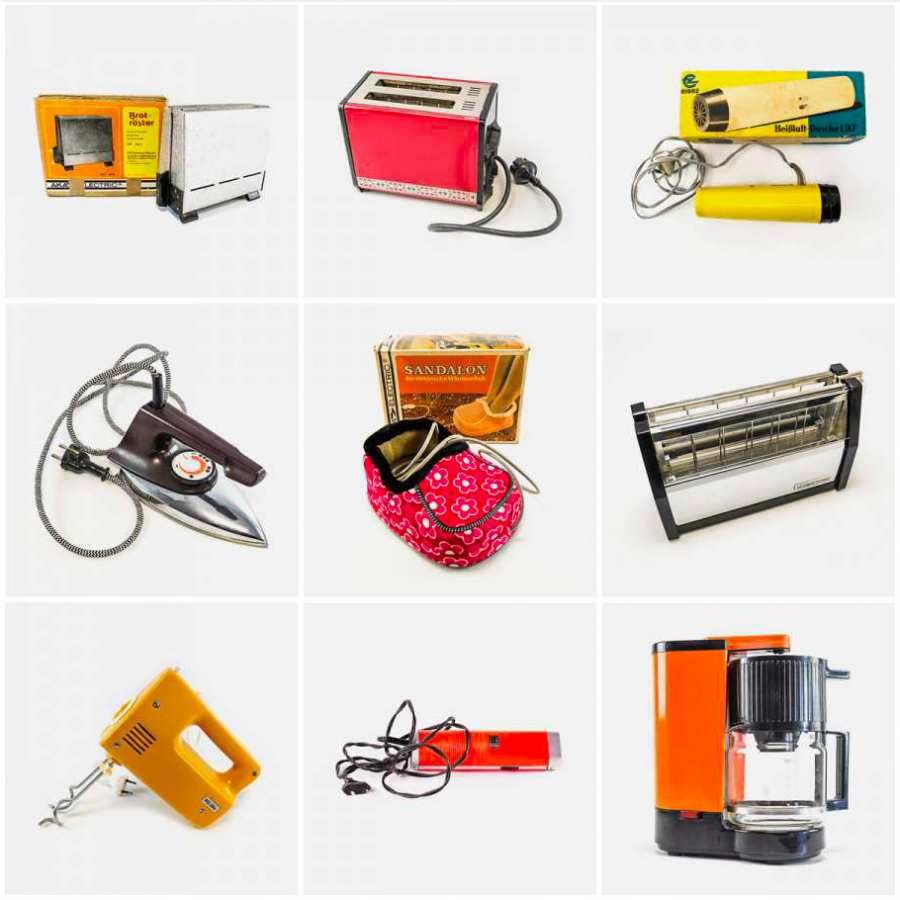
Some of the best-known household electrical items of the »AKA ELECTRIC« brand are in the collection of the DDR Museum. The hoover »HSS 09«, the stirrer »Komet RG5« and the hairdressing appliance »LD 11« are just a few examples. The »Sandalon« heated shoe and the »AKA chic« hair-drying bonnet are perhaps more curious examples, but they do show the diversity and enormous reach of the brand.
There are more products from the brand »AKA ELECTRIC« in our object database, which is accessible free of charge.
Ata
Ata existed long before the GDR. The abrasive cleaner brought out by Henkel in 1920 originally consisted only of sand and soda and was the company's first household cleaner. From 1923, Ata was manufactured at the »Henkel plant for the production of detergents and cleaning agents« in the small town of Genthin, which was situated in the Soviet occupation zone following the Second World War. The Genthin plant was then transferred to the province of Saxony-Anhalt as national property and operated from 1948 under the name »Vereinigung Volkseigener Betriebe Sapotex, Persilwerk Genthin«. In 1957, the company was renamed »VEB Waschmittelwerk Genthin«, where Ata was produced under its well-known brand name. The abrasive cleaner was used to clean objects made of glass, enamel, porcelain, wood, stone, marble and metal, becoming a popular household item. You can still buy it today.
Other cleaning agents from the GDR can be found in our object database, which is accessible free of charge.
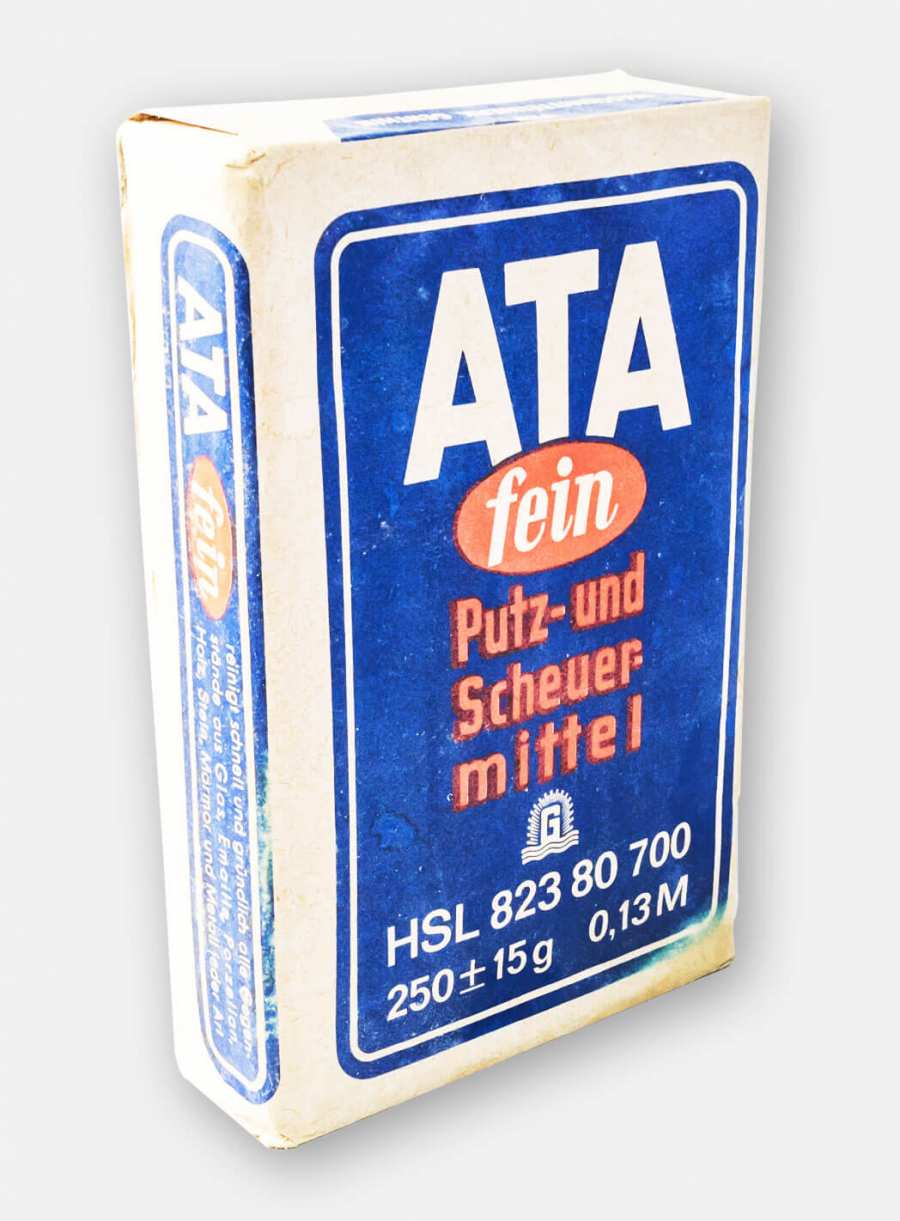
Road atlas
Travelling was possible for GDR citizens, but this didn’t mean it was easy, especially when going abroad (not to Western countries, of course). The list of possible countries that GDR citizens could travel to was fairly limited, and planning the trip involved a number of obstacles, such as applying for exit permits. Domestic holiday accommodation was also not readily available – at least in the most sought-after holiday spots such as the Baltic Sea and Thuringia. However, many trips had one thing in common: families often got there by car. At the beginning of the 1970s, one third of holidaymakers drove their own car, whilst by 1980 this had increased to more than half.
An important companion on every road trip was the trusty car atlas – the GPS of the past. It navigated drivers through the GDR and its so-called brother countries such as Poland and Czechoslovakia (today the Czech Republic and Slovakia). The Autoatlas from our collection was also suitable for travelling to Bulgaria, Hungary and Romania, as well as to the USSR (today several independent countries, e.g. Russia, Ukraine, Lithuania). Until 1989, about one and a half million GDR citizens travelled to socialist countries abroad – 700,000 to Czechoslovakia, 141,000 to Poland, 387,000 to the USSR, 134,000 to Hungary, 160,000 to Bulgaria and 35,000 to Romania.
More objects on the subject of travel can be found in our object database, which is accessible free of charge.
